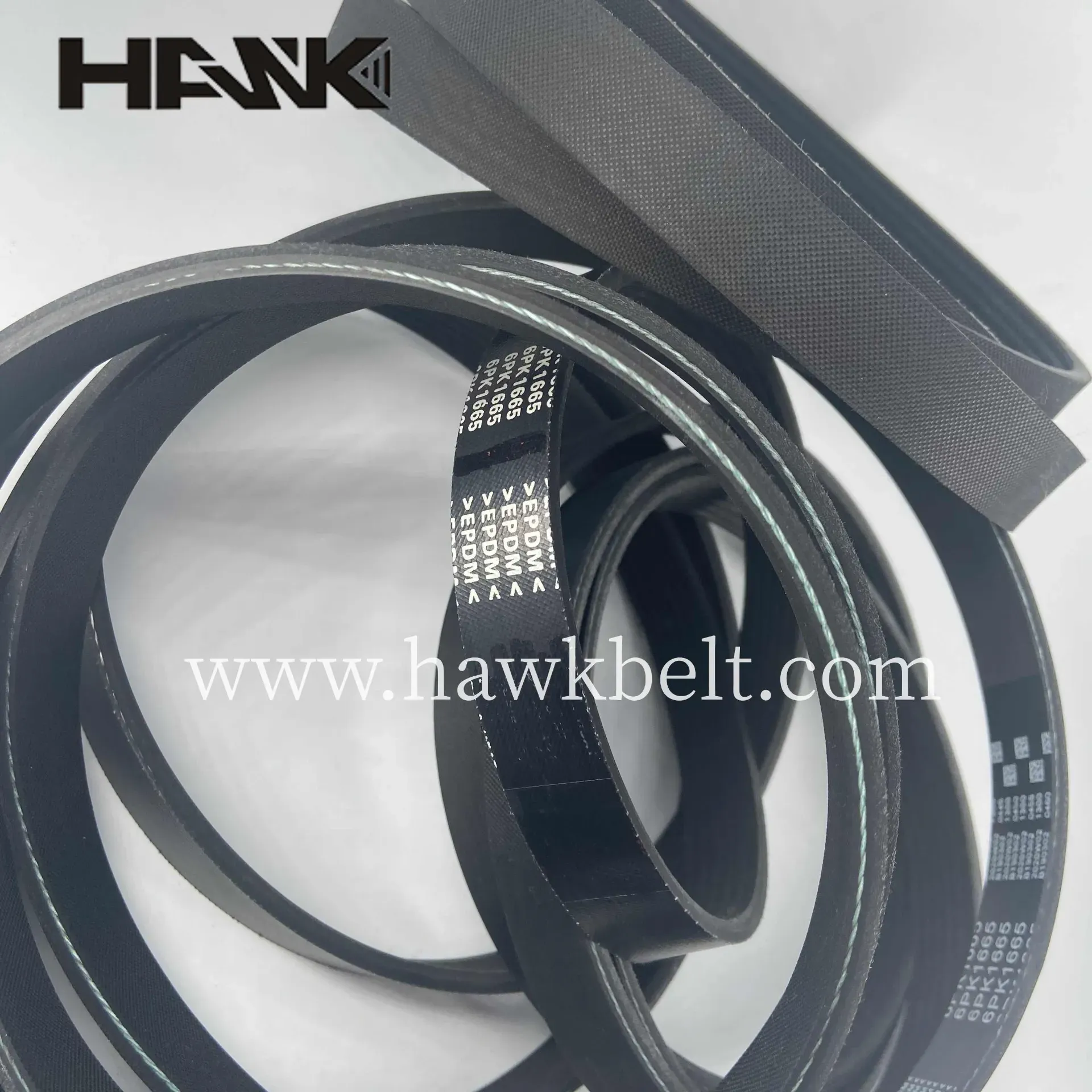- Arabic
- French
- Russian
- Spanish
- Portuguese
- Turkish
- Armenian
- English
- Albanian
- Amharic
- Azerbaijani
- Basque
- Belarusian
- Bengali
- Bosnian
- Bulgarian
- Catalan
- Cebuano
- Corsican
- Croatian
- Czech
- Danish
- Dutch
- Afrikaans
- Esperanto
- Estonian
- Finnish
- Frisian
- Galician
- Georgian
- German
- Greek
- Gujarati
- Haitian Creole
- hausa
- hawaiian
- Hebrew
- Hindi
- Miao
- Hungarian
- Icelandic
- igbo
- Indonesian
- irish
- Italian
- Japanese
- Javanese
- Kannada
- kazakh
- Khmer
- Rwandese
- Korean
- Kurdish
- Kyrgyz
- Lao
- Latin
- Latvian
- Lithuanian
- Luxembourgish
- Macedonian
- Malgashi
- Malay
- Malayalam
- Maltese
- Maori
- Marathi
- Mongolian
- Myanmar
- Nepali
- Norwegian
- Norwegian
- Occitan
- Pashto
- Persian
- Polish
- Punjabi
- Romanian
- Samoan
- Scottish Gaelic
- Serbian
- Sesotho
- Shona
- Sindhi
- Sinhala
- Slovak
- Slovenian
- Somali
- Sundanese
- Swahili
- Swedish
- Tagalog
- Tajik
- Tamil
- Tatar
- Telugu
- Thai
- Turkmen
- Ukrainian
- Urdu
- Uighur
- Uzbek
- Vietnamese
- Welsh
- Bantu
- Yiddish
- Yoruba
- Zulu
Aug . 09, 2024 00:40 Back to list
Understanding the Importance and Applications of Industrial Timing Belts in Modern Machinery
Understanding Industrial Timing Belts Function, Importance, and Applications
Industrial timing belts are essential components in various mechanical systems, playing a crucial role in the operations of machinery across multiple industries. A timing belt, often made of reinforced rubber or polyurethane, is designed to synchronize the rotation of the crankshaft and camshaft in an engine or similar machinery. It's distinguished by its toothed design, which prevents slipping and ensures a precise movement between components.
Function and Design
The primary function of an industrial timing belt is to transfer power between gears or pulleys with high efficiency. Unlike flat belts, which may slip during use, timing belts engage positively with the teeth of the gears, allowing for an excellent transmission of motion without loss of synchronicity. This characteristic makes timing belts particularly vital in applications requiring precise timing and synchronization, such as in automotive engines and various manufacturing systems.
Timing belts are designed to operate under considerable tension and are built to withstand various environmental factors, including temperature fluctuations and exposure to oil and chemicals. Their construction often features materials such as Aramid or fiberglass to provide additional strength and durability, ensuring they can withstand the rigors of industrial environments.
Importance in Industrial Applications
In various sectors, the reliability and efficiency of timing belts can significantly impact the overall performance of machinery. For instance, in the automotive industry, a well-maintained timing belt ensures the engine runs smoothly, enhancing fuel efficiency and performance. A failure in the timing belt could lead to severe engine damage and costly repairs, emphasizing the importance of regular maintenance and timely replacements.
industrial timing belt

Beyond automotive applications, timing belts are widely used in manufacturing machinery such as conveyor systems, robotic arms, and textile machines. These belts facilitate smooth operation, enabling consistent speed and accuracy in production lines. Their ability to reduce noise and vibration further contributes to a more efficient work environment, promoting both productivity and safety.
Selection and Maintenance
Choosing the right timing belt for a specific application is critical. Factors to consider include the belt's length, width, tooth profile, and material. These specifications must align with the operational conditions, such as load, speed, and environmental exposure.
Proper maintenance of timing belts is equally crucial. Regular inspections can help identify signs of wear, such as cracks, fraying, or misalignment. It is essential to follow the manufacturer’s recommendations for replacement intervals, as a proactive approach can prevent unexpected breakdowns and costly downtimes.
Additionally, proper installation is vital to the lifespan of a timing belt. Incorrect tensioning or alignment can lead to premature wear and operational failures. Therefore, technicians should adhere to detailed guidelines during installation and regularly check alignment to ensure optimal performance.
Conclusion
Industrial timing belts serve a foundational role in many mechanical systems, providing reliable and precise synchronization of components. Understanding their function, importance, and maintenance requirements is essential for maximizing the efficiency and longevity of machinery across various industries. With proper selection and care, timing belts can significantly enhance operational effectiveness, reduce downtime, and ultimately contribute to the seamless functioning of industrial processes. As technology continues to evolve, advancements in timing belt designs and materials will further enhance their performance and application scope, solidifying their importance in modern industrial operations.
-
Korean Auto Parts Timing Belt 24312-37500 For Hyundai/Kia
NewsMar.07,2025
-
7PK2300 90916-T2024 RIBBED BELT POLY V BELT PK BELT
NewsMar.07,2025
-
Chinese Auto Belt Factory 310-2M-22 For BMW/Mercedes-Benz
NewsMar.07,2025
-
Chinese Auto Belt Factory 310-2M-22 For BMW/Mercedes-Benz
NewsMar.07,2025
-
90916-02660 PK Belt 6PK1680 For Toyota
NewsMar.07,2025
-
drive belt serpentine belt
NewsMar.07,2025

